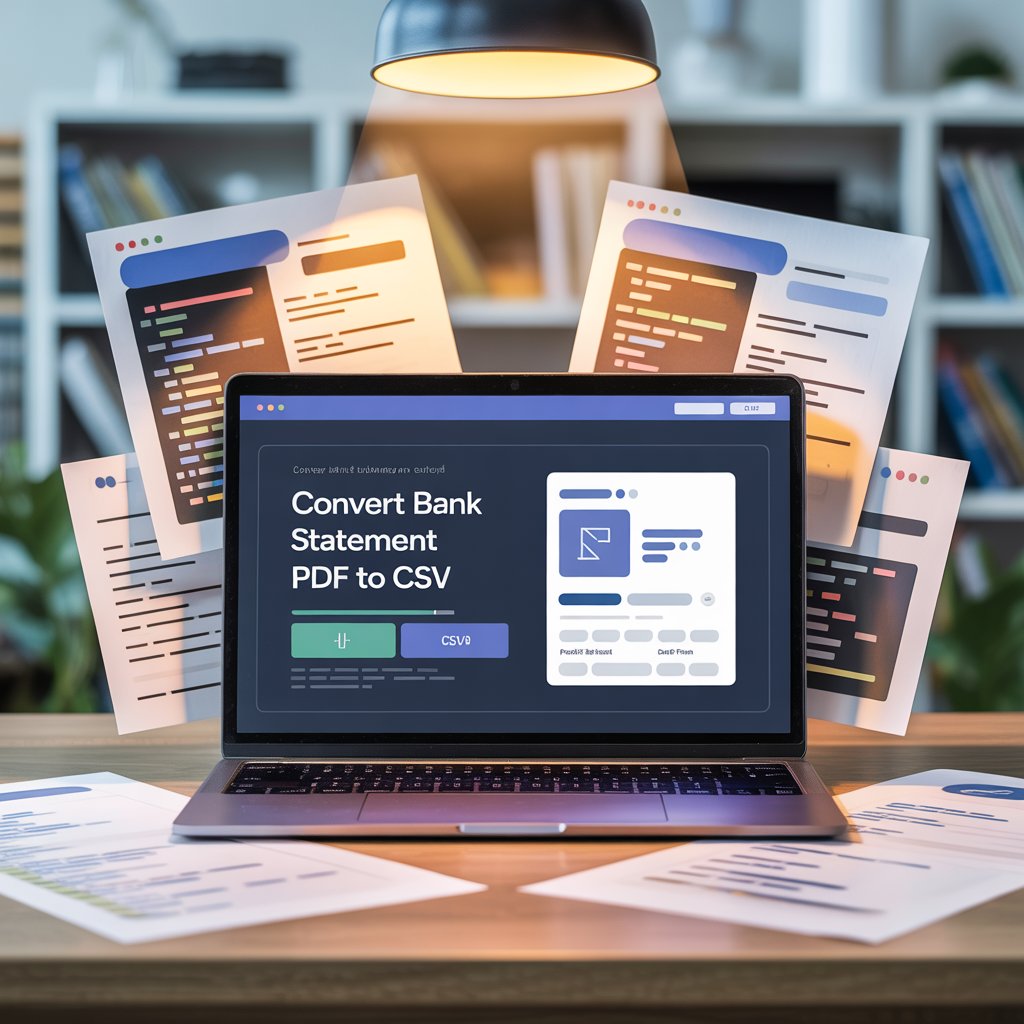
Selling on Amazon has become one of the most popular and profitable ways to start an online business in 2025. With over 300 million active users and a presence in dozens of countries, Amazon gives entrepreneurs an unmatched opportunity to reach global customers. But before diving into the marketplace, it’s important to know what you need to sell on Amazon effectively.
In this guide, we’ll cover everything from account setup and product sourcing to branding, fulfillment, and launching your product successfully.
Why Sell on Amazon in 2025?
Amazon continues to dominate the global eCommerce market. Whether you’re starting a side hustle, building a full-time business, or expanding your existing store, Amazon offers:
-
Global reach
-
Built-in trust
-
Access to Prime customers
-
Automated fulfillment via FBA
-
Scalable growth potential
But to succeed, you must understand what you need to sell on Amazon the right way.
1. A Product Idea
First and foremost, you need something to sell. This sounds obvious, but not every product will succeed on Amazon. Great product ideas are:
-
In demand
-
Lightweight and easy to ship
-
Not overly competitive
-
Profitably priced (ideally $20–$50)
Popular Product Research Tools:
-
Jungle Scout
-
Helium 10
-
AMZScout
-
Keepa
Start with product research to validate that there’s demand and that you can compete profitably.
2. An Amazon Seller Account
To sell on Amazon, you’ll need to create a Seller Central account.
Requirements:
-
A valid email address
-
Government-issued ID (passport or driver’s license)
-
Phone number
-
Credit/debit card
-
Bank account
-
Tax information (SSN or EIN)
Selling Plan Options:
-
Individual Plan: $0.99 per item sold — best for small-scale sellers
-
Professional Plan: $39.99/month — best for serious sellers with more than 40 sales/month
Create your account at https://sell.amazon.com
3. A Legal Business Structure (Recommended)
While not required to get started, many sellers form a legal business entity for protection and professionalism.
Common Options:
-
Sole Proprietorship – easy and fast, but no personal liability protection
-
LLC (Limited Liability Company) – most popular for Amazon sellers
-
Corporation – better for larger or multi-owner businesses
You’ll also need an EIN (Employer Identification Number) from the IRS if you’re setting up an LLC or corporation.
4. A Supplier or Inventory Source
After validating your product idea, the next thing you need to sell on Amazon is inventory.
Options for Sourcing:
-
Private Label: Source from manufacturers (e.g., Alibaba) and create your own brand.
-
Wholesale: Buy branded products in bulk from authorized distributors.
-
Retail/Online Arbitrage: Buy products at a discount from stores and resell them.
-
Dropshipping: List products without holding inventory — supplier ships on your behalf.
-
Handmade: Create custom or artisan products.
Always request samples, verify the quality, and test the supply chain reliability.
5. UPC Code or GTIN
Amazon requires a product identifier like a UPC to create a new listing. You can buy authentic UPCs from GS1.org.
Alternatives:
-
Apply for a GTIN exemption if you’re selling handmade or unique products without barcodes.
FBA sellers will also need to print and label products with FNSKU barcodes for inventory tracking.
6. Branded Packaging (for Private Label)
If you’re building a private label brand, strong packaging is essential. It communicates quality, builds trust, and helps prevent returns.
Key Elements:
-
Logo and brand name
-
FNSKU label
-
Instructions or inserts (optional)
-
Eco-friendly or protective materials
Consider including a thank-you card with a QR code to join your mailing list or request a review (within Amazon’s policy).
7. An Optimized Amazon Listing
A well-crafted product listing determines whether shoppers click Buy Now or move on.
Your Listing Should Include:
-
Keyword-optimized title – use Amazon SEO tools to find search terms
-
Bullet points – focus on benefits, not just features
-
Description – tell a compelling story or answer FAQs
-
High-quality images – use professional lifestyle shots
-
Backend search terms – invisible keywords that boost visibility
Tools like Helium 10 or ZonGuru can help you optimize for search and conversion.
8. Choose Fulfillment Method: FBA or FBM
One of the most important decisions you’ll make when deciding what you need to sell on Amazon is how to handle shipping.
Fulfillment by Amazon (FBA)
-
Amazon stores and ships your products
-
Prime-eligible = more sales
-
Handles returns and customer service
-
Storage and fulfillment fees apply
Fulfillment by Merchant (FBM)
-
You store and ship products
-
Full control but more work
-
Less expensive for bulky items
For most beginners, FBA is the easier and more scalable option.
9. Set Competitive Pricing
Use tools like CamelCamelCamel, Keepa, and Jungle Scout to track historical prices and competitor pricing.
Pricing Tips:
-
Don’t race to the bottom
-
Consider all fees when setting prices
-
Use coupons or lightning deals for promotions
Your pricing should cover:
-
Product cost
-
Shipping
-
Amazon referral fee (8%–15%)
-
FBA fees (if applicable)
-
Profit margin (aim for 30%+)
10. A Launch Strategy
Once your product goes live, you’ll need a plan to get it in front of buyers.
Ways to Launch:
-
Amazon PPC – Pay-per-click ads help drive traffic to new listings
-
Giveaways or Discounts – Use launch platforms or your own email list
-
Social Media – Promote through TikTok, Instagram, and Facebook groups
-
Influencer Marketing – Send products to influencers for reviews
-
External Traffic – Drive traffic from YouTube, blogs, or Google Ads
The more visibility you get early on, the faster your product ranks in Amazon search results.
11. A Review Strategy
Reviews are vital to Amazon success. They provide social proof and influence conversion rates.
Ways to Get Reviews:
-
Use the “Request a Review” button in Seller Central
-
Include a polite request in packaging inserts
-
Use Amazon’s Vine Program (for FBA sellers with fewer than 30 reviews)
Note: Never offer incentives for reviews — Amazon strictly forbids this and may suspend your account.
12. Track Metrics and Optimize
What you need to sell on Amazon doesn’t stop after launch. Ongoing optimization is key to long-term success.
Monitor:
-
Sales and conversion rates
-
Ad performance (ACoS, ROAS)
-
Keyword rankings
-
Inventory levels
-
Customer feedback
Tools like SellerBoard, ManageByStats, or DataHawk help track performance and automate tasks.
13. Maintain Account Health
Amazon rewards sellers who maintain excellent performance and penalizes those who don’t.
Key Metrics:
-
Order Defect Rate (ODR) < 1%
-
Late Shipment Rate < 4%
-
Pre-fulfillment Cancellation Rate < 2.5%
-
On-time delivery
-
Customer communication
Use the Account Health Dashboard in Seller Central to monitor your performance and respond quickly to any issues.
14. Expand and Scale
Once you find success with one product, you can:
-
Launch more variations
-
Expand into new categories
-
Sell in international Amazon marketplaces
-
Enroll in Brand Registry and access A+ Content
-
Build a brand for long-term resale value
Final Thoughts
So, what do you need to sell on Amazon?
You need more than a good idea—you need a well-planned foundation. Here’s a quick recap of what you’ll need:
-
A product idea with proven demand
-
An Amazon Seller Central account
-
Legal business structure (optional but smart)
-
Reliable inventory or supplier
-
UPC or GTIN (or exemption)
-
Professional packaging and branding
-
A keyword-optimized listing
-
Chosen fulfillment method (FBA or FBM)
-
Competitive pricing strategy
-
A launch and promotion plan
-
Review collection strategy
-
Performance tracking and optimization
-
Solid account health maintenance
-
Growth and scaling mindset
If you follow this roadmap, you’ll be ready to succeed in one of the most exciting online marketplaces today.




